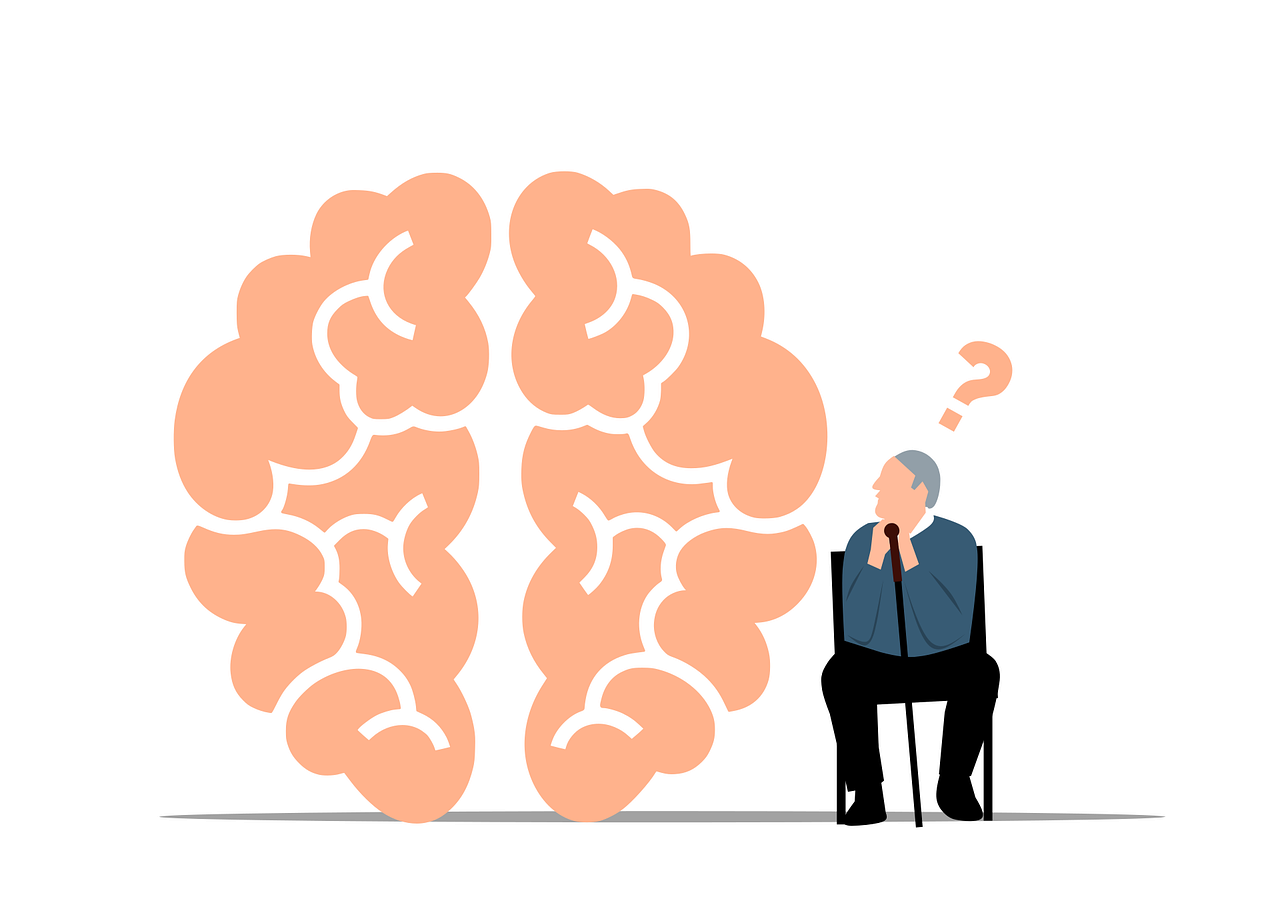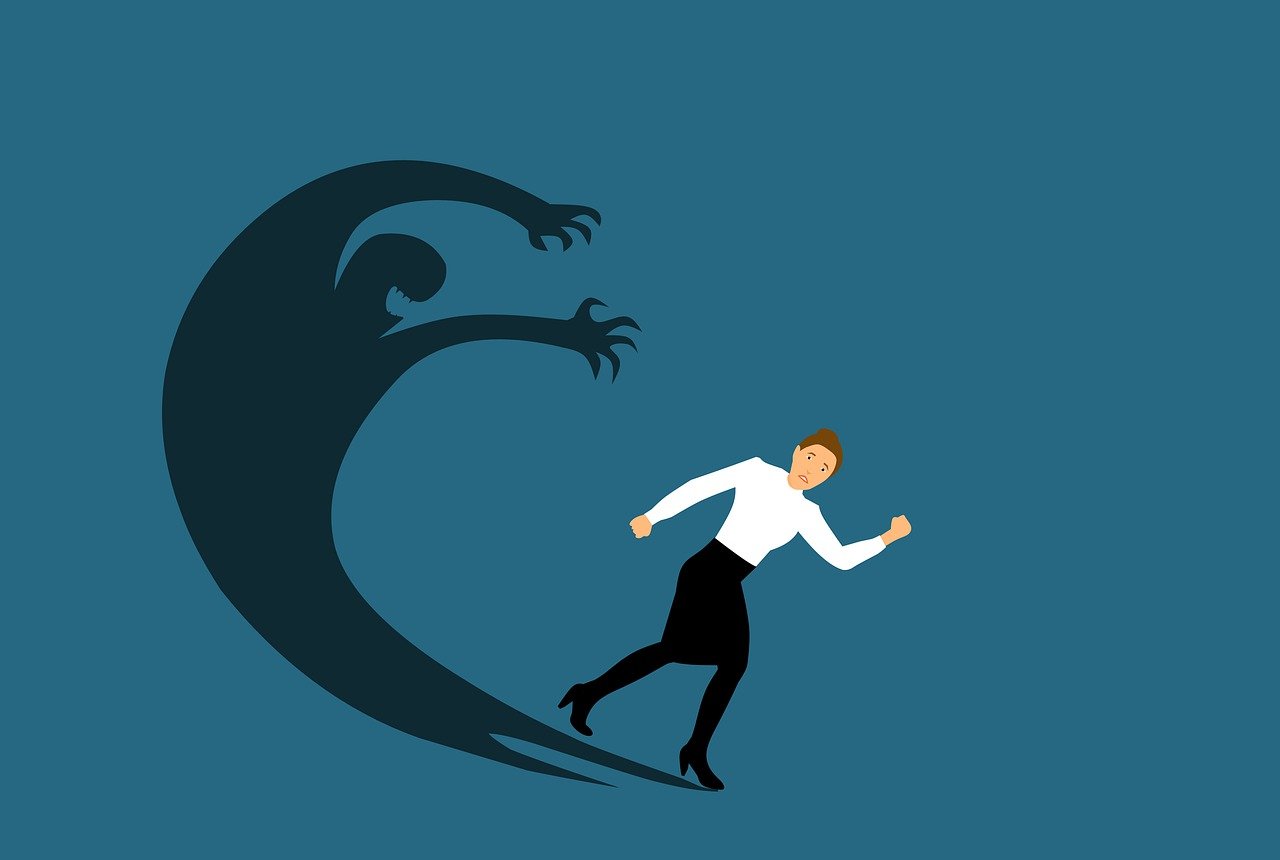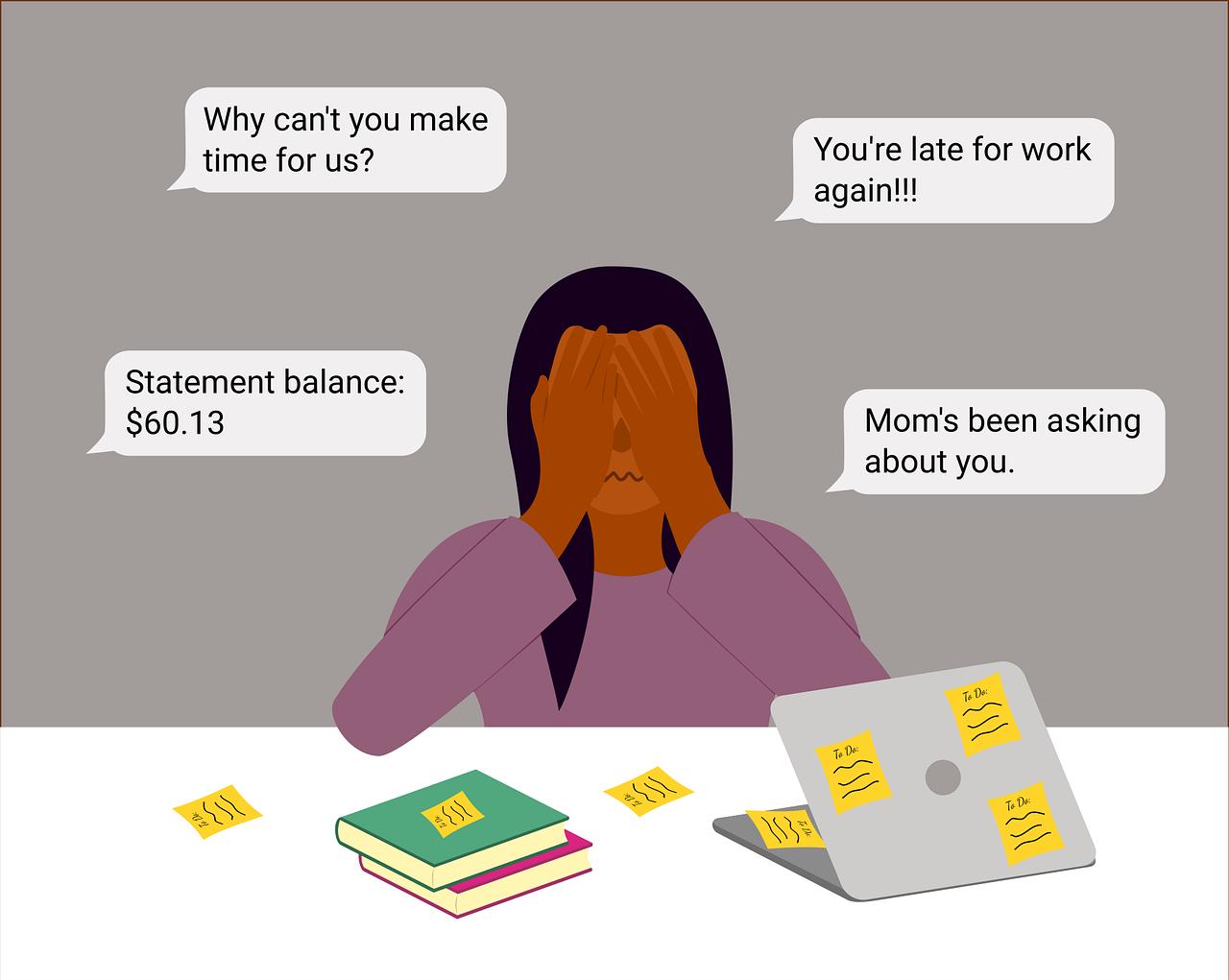Trichotillomania, also known as hair-pulling disorder, is an obsessive-compulsive disorder in which people repeatedly pull out hair from any part of their body. Studies reveal that there have not been many large epidemiological studies on this disorder, but estimates of its frequency show that between 0.5% and 2% of the general population has it. However, […]










